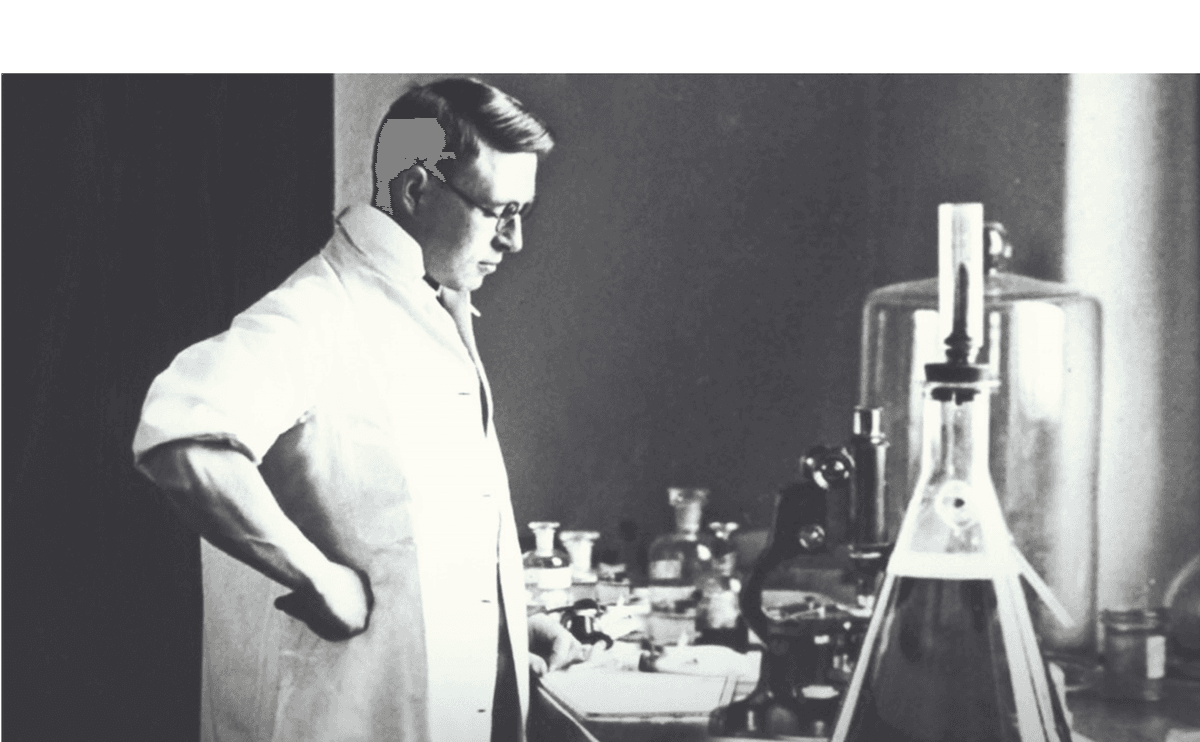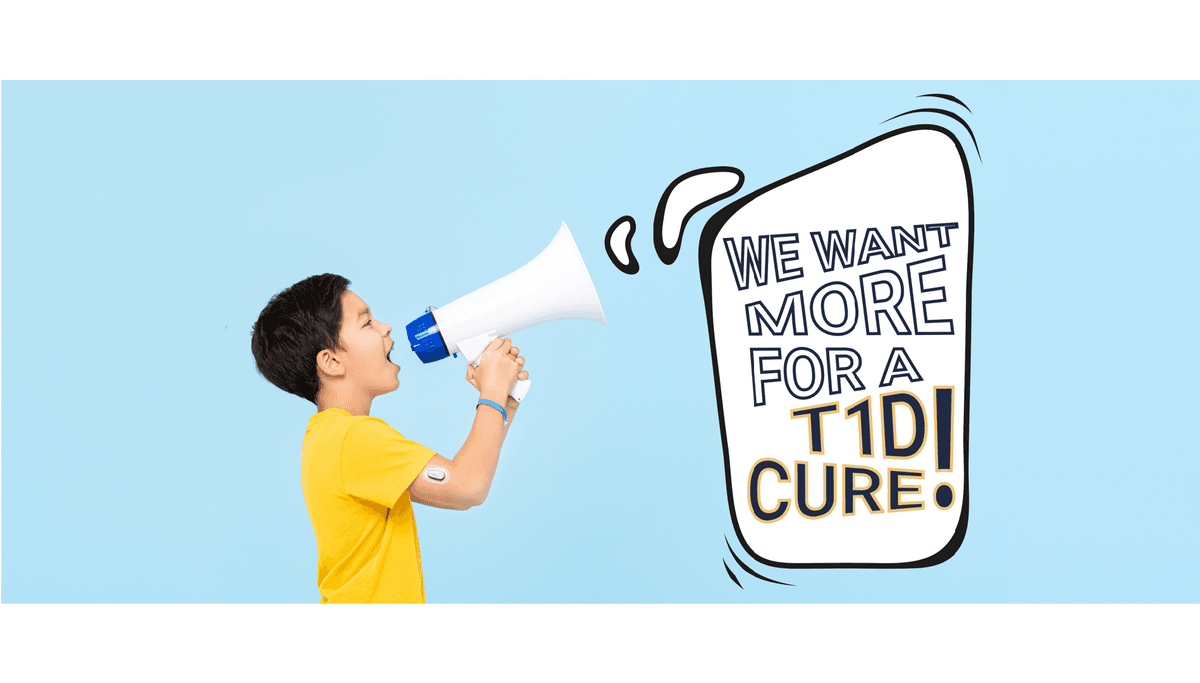
In 2019, Vera made a gut-wrenching decision to take her T1D son, Aaron, to a medical clinic in Mexico so he could receive a treatment not yet approved in the United States. She hoped that the treatment would deliver a breakthrough for Aaron, whose HbA1C was consistently around 14. Vera chronicles her story in a public Facebook group which has attracted much attention and interest.1
Vera and Aaron are not alone. Many people have heard that stem cell cures are being developed for most major medical conditions, including cancer, heart disease, and diabetes. Some have made the choice to visit centers in Mexico and other countries in South America to receive stem cell treatments with the hope that they can bypass the stringent approval process in the United States. Recipients tend to be enthusiastic about their experience.
Despite the well-hyped potential of stem cells, this pathway of research is still in its infancy. There are many stem cell projects currently underway (there are 6,478 stem cell trials registered with the FDA) but only a handful have been approved.2 Stem cell treatments for T1D are not yet approved in the United States.
Pursuing medical procedures not yet approved by the U.S. FDA presents significant risks. The price of the procedure is eye-popping—$8K and up, not including travel. Personal safety is a concern, as the procurement, processing, and handling of the cells are not subject to U.S. FDA review standards. There is no recourse if things go badly. There are questions of efficacy – does it do what is promised? And there are real questions of personal security. In March of 2023, four U.S. citizens crossed the border into Mexico for medical treatments, were kidnapped, and two of them were killed.3
This article takes a closer look at the benefits and risks of the treatments, the procedure itself, and it concludes with important guidance from experts.
Stem Cell Hype and Potential
Stem cells do present promising potential pathways to a T1D cure. Over the past decade, the JDCA has written on many of the companies and academics who are pushing this pathway forward.
The two most advanced companies pursuing the stem-cell pathway for T1D are ViaCyte and Vertex. Both are currently in human trials and early results are captivating. ViaCyte’s accomplishments were the subject of a full-length documentary movie last summer called The Human Trials (well worth a viewing).4 Vertex was in the news after treating a patient whose external insulin needs declined by nearly 99%.5 Yet, there still is a long way to go before being approved for the market.
Both companies use a type of cell that is called 'pluripotent,' which is a type of cell that can evolve to become a fully-functioning and insulin-producing islet. There are also many other types of stem cells, often categorized by stage of development. Cells that are less developed are ‘blank slates’ that can evolve to do any job in an organism. As cells develop, they begin to specialize, moving along a path of increasingly differentiated cell types: totipotent, pluripotent, multipotent, unipotent, and ultimately fully differentiated.6
South of the Border Centers Use MSC Cells
The Mexico and South American clinics use a different type of stem cell. Where ViaCyte and Vertex use pluripotent stem cells, the clinics use a specific type of multipotent stem cells called mesenchymal (MSC), which are harvested from a jelly found in umbilical cords.
In the US, the potential uses of MSC cells are still being studied; the benefits and risks of using MSC cells are limited and inconclusive. Yet, the Mexico clinics confidently promise that MSC-based treatments will cure or beneficially treat a broad menu of medical conditions, including, according to one website: autism, arthritis, cerebral palsy, lung disease, liver disease, degenerative diseases, and type 1 diabetes.
Presumably, the MSC cells used by these centers are sourced from local mothers who recently gave birth. In our research we asked for details about how the cells were sourced. We asked whether they were knowingly given by the mothers or simply repurposed by the medical centers. We asked about the consistency of the harvesting process. We asked about cleanliness, efficacy, and adverse event data. As of publication, these questions were insufficiently addressed.
A Case Study: Trinity Stem Cells
One clinic offering stem cell treatment is Trinity Stem Cells, which has multiple locations throughout Mexico. Trinity's treatment for T1D is an IV infusion cocktail combining hundreds of millions of MSCs, exomes, and multivitamins.7
Trinity lists on its website several “beneficial actions” that stem cell treatments can have on diabetes that collectively imply a functional cure. The specific “beneficial actions” include:
- Promoting beta cell function
- Regulating blood sugar levels
- Encouraging existing cells to self-repair
We called Trinity on a few different occasions and spoke with both a patient care coordinator as well as practice physicians. The individuals we spoke with backed away from the “beneficial actions” promised on the website.
A JDCA researcher was told this during a phone conversation with a Trinity physician:
“I would love to tell you that all these cells are going to transform into beta cells, the cells in the pancreas, but unfortunately, we cannot say for sure. But what we can tell you is that cells are going to go anywhere that you have inflammation, where you have damage, so either it’s in your blood vessels, skin, liver, pancreas, all of that is going to help [with] regulating your immune system . . . being realistic knowing that probably you’re not going to stop taking insulin, but probably reducing it a little bit and feeling a little bit better. That’s what we expect.”
We also learned that side effects include headaches and increased brain pressure that typically dissipates once the treatment is finished. In regards to safety, they were careful to say that all work is approved by the “Mexican FDA.”
Vera and Aaron's Story
Aaron received his treatment from a clinic named ReNu Stem Cell Therapy in Mazatlan Mexico, a city with miles of idyllic golden-sand beaches on the Pacific Coast.8
Kendal Willits, the CEO of ReNu, stated in an interview with JDCA researchers that Aaron had a successful and positive experience with the treatment. This positive assessment is unambiguously reinforced in the Facebook Group posts. One notable post says that Aaron's HbA1C dropped from 14 to 8 within weeks of treatment and he felt energized and optimistic for months. Vera writes in the Facebook group that the visible effects of the procedure “brought tears (of joy) to my eyes.”
Yet it is also important to note that Aaron continues to use external insulin, and his daily disease-management regime remains like every other person living with and battling T1D.
About a year after the first treatment, Aaron and Vera chose to repeat the procedure. They report similar results to the first time around and seem to think that the procedure will need to be repeated as much as once a year. Kendal, Vera, and Aaron all acknowledge that the MSC treatment is not a cure, but they strongly feel that it was indeed a ‘breakthrough.'
The Procedure
The centers we researched offered a professional and well-managed process for patients. Each new patient starts their journey with a consultation with a patient care navigator who is the main point of contact from start to finish. Standardized forms of medical history are prepared in advance of the actual procedure and a plan of care is agreed upon.
Both Trinity and ReNu address personal safety in traveling to their facilities. Both will send a chauffeured car to meet the patient at a border crossing.
The procedure itself is generally outpatient. All Trinity centers are “located inside a fully functioning, fully certified and accredited private hospital.” Once at the center, the patient will be prepped and then connected to an IV drip for about 30 minutes. Afterwards, the patient is held for a period of observation and then released.
While our research profiled centers that strive to deliver a professional experience, there are stories of stem cell clinics that were far from professional. One such center is profiled in a 60 Minutes segment from 2012, portraying a very different kind of facility that turned out to be a sham.9
What do the Experts Say?
We sought guidance from several diabetes experts. Their comments follow:
The JDRF provided what we think is excellent and balanced guidance for the T1D community. By email they stated:
“People living with type 1 diabetes (T1D) should consult their own medical providers first before making changes to their care plan or seeking treatment abroad. All potential therapies for T1D including stem cell therapies need to be tested in a controlled manner such as in a clinical trial with regulatory guidance to ensure safe and efficacious evaluation for patients. Therapies that have not been through a rigorous testing and approval process have the potential to put patients at high risk, immediately and in the long term.”
Professor Jeffrey Millman, a leading U.S. stem cell researcher and associate professor at Washington University School of Medicine, also offered a strong and credible cautionary statement through email. He said:
“No stem cell-based therapies have been approved to treat type 1 diabetes by any major regulator, such as the FDA. Such clinics are operating without such regulation and oversight, meaning that patient safety is a risk and therapeutic efficacy is unlikely. There is no clinical evidence and very little pre-clinical evidence such cells are useful in treating T1D. To put it another way, there is very little evidence that what these companies are doing will help T1D and they are operating without any oversight or clinical trial data, which is very dangerous.”
In contrast, The American Diabetes Association (ADA) declined to provide guidance for the diabetes community on this topic, even when we pointed out the substantial personal safety risk to the Diabetic community.10
Conclusion:
While this is an individual decision, the risks far outweigh the rewards for most people with T1D. The fact that stem cell treatments for T1D are not yet approved in the United States should be enough to deter most T1D people considering this course of action. The experts we spoke with underscore the potential dangers, and there is no legal recourse for U.S. nationals if something goes wrong.
That said, many recipients of the procedure report a positive experience. Even if the perceived benefits are a 'placebo effect,' there is no denying that these centers are building a community of supporters and offering a type of hope that many feel is not available through traditional channels. But there is also no denying that these are half-measures.
Perhaps the most important takeaway is the importance of finding a Practical Cure for type 1 diabetes as quickly as possible. With a Practical Cure, people will not need to seek non-traditional treatments. There will not be a need to travel south of the border, and there will not be a need for people to shoulder high personal risk hoping for temporary improvement in their HbA1C levels.
Ultimately, traveling to Mexico or Central America for an unproven procedure is an individual decision. Each patient has the right to make choices, in consultation with their medical care provider, that are right for them and their personal situation.
Footnotes and Links:
1 Type 1 Diabetes, finding a cure through stem cells. Aaron’s Journey. Facebook Group. LINK.
2 Clinicaltrials.gov LINK.
3 Americans are dead and 2 are back in the U.S. after a violent kidnapping in Mexico, officials say, NBC News, March 7, 2023. LINK.
4 The Human Trial, Movie, 2022. LINK.
5 Encouraging 90-Day Results from Stem-cell Cure Trial, JDCA, October 19, 2021. LINK.
6 Stem cell evolution and differentiation infographic. LINK.
7 Trinity Stem Cells Website. LINK.
8 ReNu Stem Cell Therapy Facebook page. LINK.
9 Stem Cell Fraud: A 60 Minutes Investigation, January 9, 2012. LINK.
10 To our surprise, given the risks raised in the article to both T1D and T2D people, the ADA declined to provide guidance. We reached out to the general information line and directly to the CEO. We received a reply from the Chief Legal and Compliance Officer who wrote by email: “Questions to this effect should be directed to appropriate Subject Matter Experts in ADA going forward.” Multiple follow-up emails went unanswered.









